序章
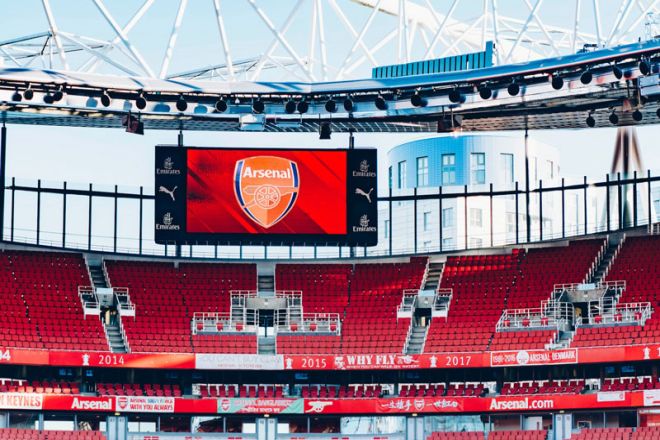
In the era of digitalization and informatization, the 導いた score screen plays an increasingly important role in various sports events, entertainment activities, and commercial displays with its unique advantages.
It not only provides the audience with clear and intuitive event information but also brings significant commercial value to the event organizers. However, for many investors, the return on investment of the LED scoring screen is a problem worth exploring in depth.
1. What are the benefits of investing in LED scoring screens?
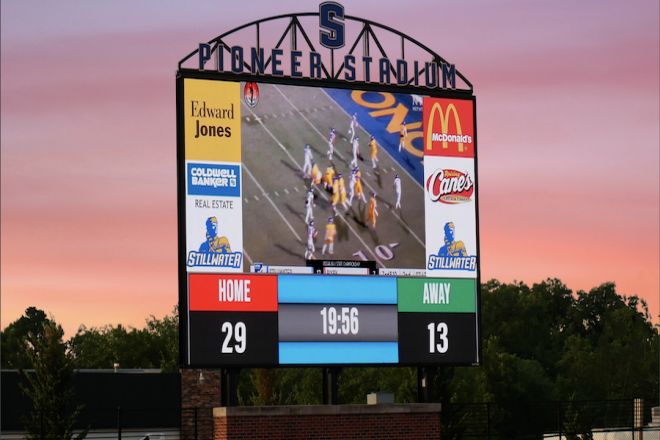
Investing in LED score screens has many significant benefits, which are not only reflected in economic benefits but also in brand promotion, technology application, and other aspects. Here are some of the main benefits:
- Significant economic benefits:
As an efficient advertising and information display tool, the LED scoring screen can attract the attention of a large number of viewers, thus increasing brand exposure and popularity. Through advertising cooperation, event sponsorship, etc., investors can obtain considerable advertising revenue and achieve a rapid return on investment.
- Improve the brand image:
The high definition and bright display effect of the LED score screen can improve the brand image and make the brand more competitive in the market. At the same time, through well-designed advertising content and display methods, investors can further shape the brand image and enhance consumers’ cognition and favorability of the brand.
- Wide range of applications:
The LED scoring screen is not only suitable for stadiums, event sites, and other scenes but also widely used in shopping malls, airports, stations, and other public places. These places have a large flow of people and better advertising results, providing more profit opportunities for investors.
- Advanced technology and easy maintenance:
LED scoring screen adopts advanced display technology and modular design, with the advantages of high definition, high brightness, and low power consumption. At the same time, it is easy to maintain and has a long service life, which reduces the maintenance cost and replacement costs of investors.
- Enhance interactivity and improve audience experience:
LED split screens can realize a variety of interactive functions, such as real-time updates of competition data, audience voting, etc., enhancing the audience’s sense of participation and experience. This interactive improvement helps to attract more viewers and increase the value of advertising.
- The market potential is huge:
With the rapid development of the sports industry and the increase of people’s attention to sports events, the market demand for LED scoring screens continues to grow. In addition, with the construction of smart cities and modern transportation systems, the application of LED scoring screens in security monitoring, command and dispatching, and other fields will also be expanded further.
2. What factors affect the return on investment of the LED score screen?
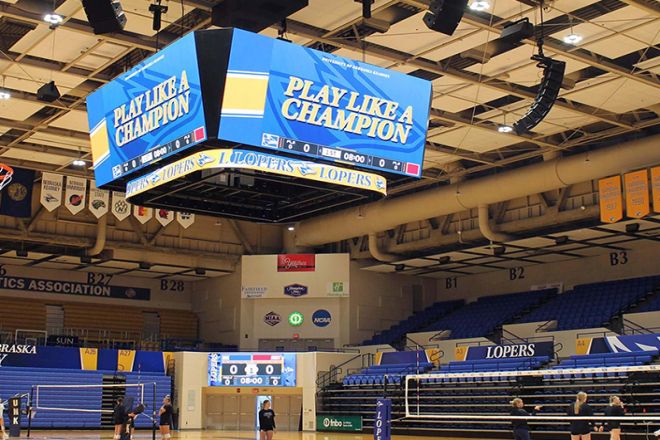
The main factors affecting the return on investment of LED scoring screens include but are not limited to the following aspects:
- Initial investment cost
The initial investment cost covers the purchase, installation, commissioning, and supporting facilities of the LED scoring screen. Differences in equipment quality, size, and performance will lead to price differences.
The complexity and technical difficulty of the installation environment also affect the installation cost. Therefore, investors need to consider the situation comprehensively in order to formulate a reasonable budget.
- Operating costs
Operating costs mainly include electricity, maintenance, repair, and upgrade costs. The energy consumption, maintenance cycle, and update requirements of the LED score screen directly affect the operating cost. Investors should choose energy-saving, durable, and easy-to-upgrade equipment to reduce operating costs.
- Market demand and competition
With strong market demand and small competition, the utilization rate and return of LED splitter screens may be higher. Investors need to deeply analyze market demand and competition and formulate effective marketing strategies to obtain a higher return on investment.
- Technical updates and product upgrades
Technical updates and product upgrades bring depreciation and upgrade costs of equipment but also bring revenue growth potential. Investors need to pay attention to the development trend of technology and weigh the costs and benefits of upgrading in order to formulate reasonable technology updates and upgrade strategies.
- Operation management and marketing strategy
Good operation management and marketing strategy are essential to improve the efficiency and revenue of LED splitter screens. Effective advertising cooperation, brand promotion, and event organization can increase revenue and improve return on investment.
- Service life and residual value
The service life and residual value of the LED splitter screen are also important factors affecting the return on investment. Choosing equipment with a long service life and high residual value will help reduce long-term costs and improve the return on investment.
- Policy factors
The government’s tax incentives and subsidy policies can reduce the cost and tax burden of investors and improve the return on investment. Investors should pay attention to relevant policies, make reasonable use of policy advantages, and improve investment benefits.
3. What is the payback period of the LED split screen?
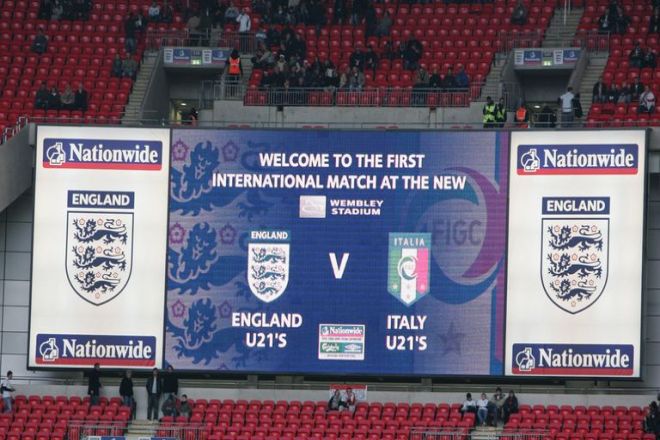
The investment payback period of LED split screens is a complex problem, which is affected by many factors, including initial investment cost, operating cost, market demand and competition, technical update, product upgrade, operation management, marketing strategy, service life, and residual value, and policy factors. Therefore, it is impossible to give specific payback period figures.
The investment payback period refers to the number of years spent recovering investment through the return of funds, that is, the cumulative economic benefits are equal to the initial investment cost.
For investment projects with LED scoring screens, the length of the investment payback period depends on multiple factors, including the comprehensive impact.
初めに, the initial investment cost is one of the key factors affecting the payback period. This includes the cost of purchasing equipment, installation costs, commissioning costs, and related supporting facilities. The higher the initial investment cost, the greater the return required for the investment payback period, thus affecting the overall investment payback period.
第二に, operating costs are also an important factor affecting the investment payback period. The LED splitter screen will incur electricity, maintenance, repair, and possible update and upgrade costs during the operation process. These operating costs will directly affect the length of the payback period.
Market demand and competition also have an important impact on the payback period. If the market demand is strong and the competition is small, the utilization rate and return of the LED splitter screen may be higher, thus shortening the investment payback period. On the contrary, if the market demand is insufficient or the competition is fierce, the payback period may be extended.
加えて, technical updates and product upgrades will also impact the payback period. With the continuous progress of technology and the continuous change in the market, the LED splitting screen may require software or hardware updates and upgrades. The cost input and revenue growth potential brought by these updates and upgrades requires investors to weigh and consider.
ついに, operation management and marketing strategies, service life and residual value, and policy factors will also have an impact on the investment payback period. Effective operation management and marketing strategies can improve the efficiency and benefits of LED scoring screens, thus shortening the investment payback period.
The service life and residual value of the equipment, as well as the government’s tax preferences and subsidy policies, will also have a certain impact on the return on investment.
4. How to calculate the return on investment of the LED scoring screen?
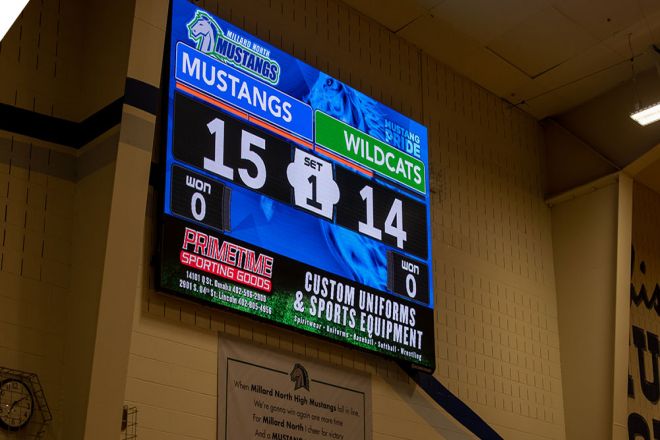
Calculating the return on investment (ROI) of the LED splitter screen involves multiple steps and factors. The following is a basic calculation framework and considerations:
1). Determine the initial investment cost:
Including the cost of purchasing an LED splitter screen, installation cost, debugging cost, and related supporting facilities.
Ensure that all relevant costs are taken into account, including possible transportation, taxes, and other miscellaneous costs.
2). Estimated operating costs:
Consider the costs incurred in daily operations, such as electricity, maintenance, repair, and possible update and upgrade costs.
Estimate the annual total of these expenses in order to calculate the long-term return on investment.
3). Forecasted income:
Evaluate the use and potential benefits of the LED score screen. This is usually based on market demand, advertising revenue, event sponsorship, and other factors.
Consider using historical data or market research to predict future returns.
4). Calculate the return on investment:
Use the following formula to calculate the return on investment: ROI = (annual income – annual operating cost) / initial investment cost.
This formula will give you a percentage value, indicating the return efficiency of your investment relative to the initial cost.
5). Consider risks and uncertainties:
Investment is always accompanied by risks, so consider various possible risk factors, such as technology updates, market changes, competitive conditions, etc.
Use sensitivity analysis or risk assessment tools to help you understand how these factors affect your return on investment.
6). Long-term consideration:
Return on investment is usually a long-term concept. Over time, the initial investment cost may gradually decrease through depreciation, and the return may fluctuate according to market conditions.
Consider using dynamic ROI calculation methods to reflect these long-term changes.
Please note that this is only a basic framework, and the actual return on investment calculation may be more complex, depending on the specific business model and market conditions.
Before making any investment decisions, it is recommended to seek the advice of a professional financial adviser or investor to ensure that your calculation and analysis are accurate and comprehensive.
5. In terms of return on investment, how does the LED split screen compare with the traditional scoreboard?
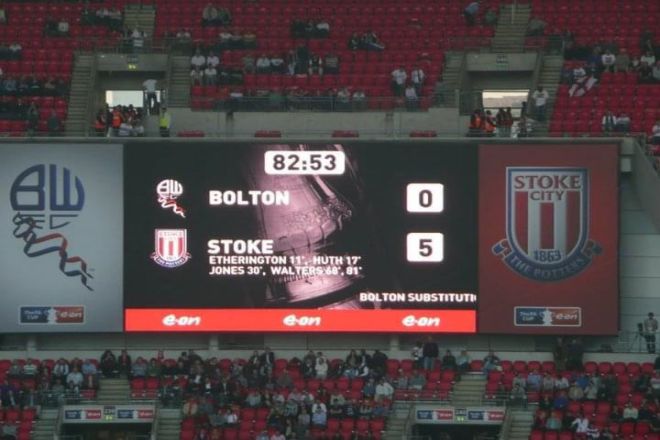
When comparing the return on investment between the LED score screen and the traditional scoreboard, we need to comprehensively consider the advantages and differences between the two in multiple dimensions. The following is a detailed comparative analysis of each aspect:
- Initial investment cost
The LED split screen usually has a high initial investment cost due to its advanced display technology, high resolution, and diversified functions.
This includes the cost of purchasing equipment, installation costs, and possible custom development costs. In contrast, the technology of the traditional scoreboard is relatively simple, and the cost is relatively low.
However, it should be noted that the initial investment cost is not the only criterion for measuring the return on investment. Although the initial investment of the LED split screen is large, its long-term use value and advertising potential can often bring higher returns.
- Operating costs
In terms of operating costs, LED split screens usually have advantages. Modern LED displays usually adopt an energy-saving design, which can significantly reduce electricity expenses. In addition, due to its high stability and durability, the maintenance cost is relatively low.
In contrast, traditional scoreboards may involve higher maintenance costs. Because its technology is relatively simple, it may be more prone to damage or failure, and parts need to be replaced or repaired more frequently. This will increase operating costs and have a negative impact on the return on investment.
- Profit potential
The LED score screen is significantly better than the traditional scoreboard in terms of revenue potential. Due to its high resolution, bright colors, and dynamic display ability, the LED split screen can attract more viewers and improve advertising effect and brand exposure. This helps to increase advertising revenue and business cooperation opportunities.
In addition, the LED score screen can also be combined with interactive technology, such as real-time updates of competition data, audience voting, etc., to further increase audience participation and experience. This increase in interactivity helps to attract more audiences and improve the value and revenue potential of advertising.
In contrast, due to the limited display ability, the traditional scoreboard can usually only be used for simple score display, which lacks attractiveness and interactivity, so its return potential is relatively low.
- Service life
The service life of the LED split screen is usually longer. Due to its high-quality display components and advanced production technology, it can ensure longer service life and stability. This means that investors can use the LED split-screen for a long time to continue to make profits.
The service life of traditional scoreboards may be short, which is easily affected by the environment and use conditions, resulting in earlier damage or needing to be replaced. This will increase the long-term cost of investors and have a negative impact on the return on investment.
- Technical updates and upgrades
With the continuous progress of technology, the LED split screen has a higher potential for technical updates and upgrades. Manufacturers will continue to launch new software and hardware products to meet market demand and technological development.
This means that investors can upgrade or expand the device functions to keep the LED split-point screen up to time.
In contrast, the traditional scoreboard has limited room for upgrading technology and functions. Because its technical foundation is relatively simple, it may be difficult to keep up with the market and meet new needs. This may cause investors to need to replace equipment after a period of use, increasing additional costs.
結論
In short, as an efficient and practical information display device, the LED scoring screen has a high return on investment.
If you want to know more about the LED display, ご連絡ください。
